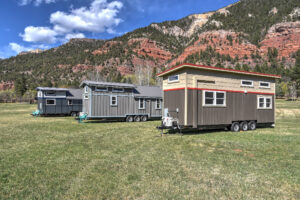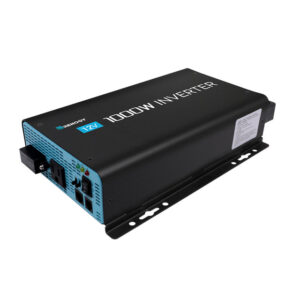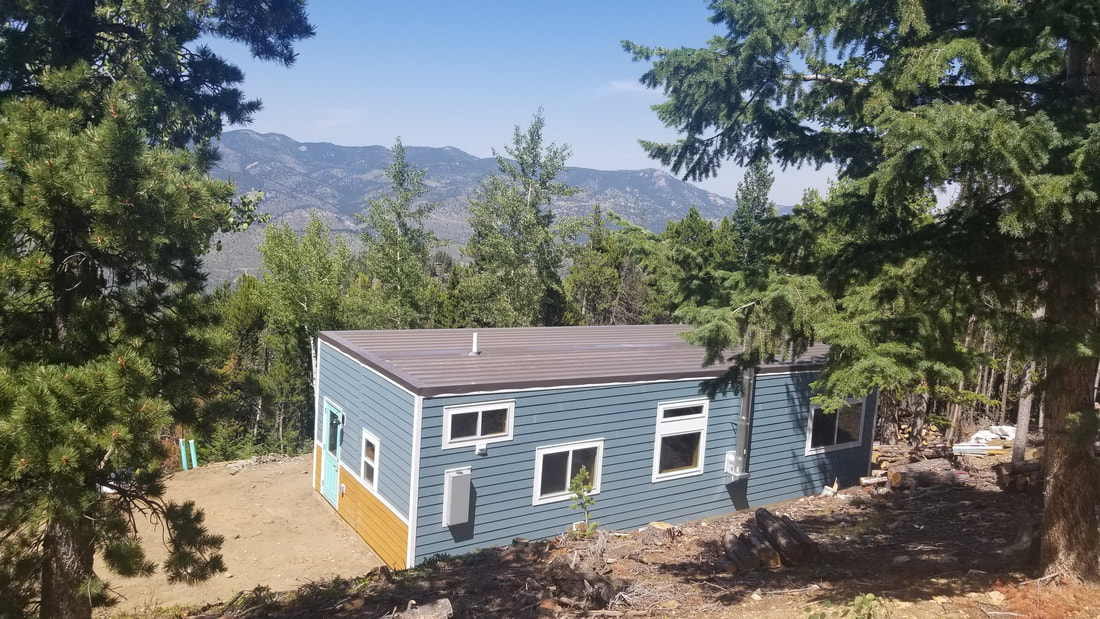
When we think about creating a home, it’s not just about the walls and roof; it’s about crafting a space that reflects our values, needs, and dreams. The Dwell Well by Custom Container Living is a prime example of how family-sized tiny homes are revolutionizing the concept of living spaces. These homes are not just a place to sleep—they’re a testament to living intentionally, sustainably, and, most importantly, together as a family.
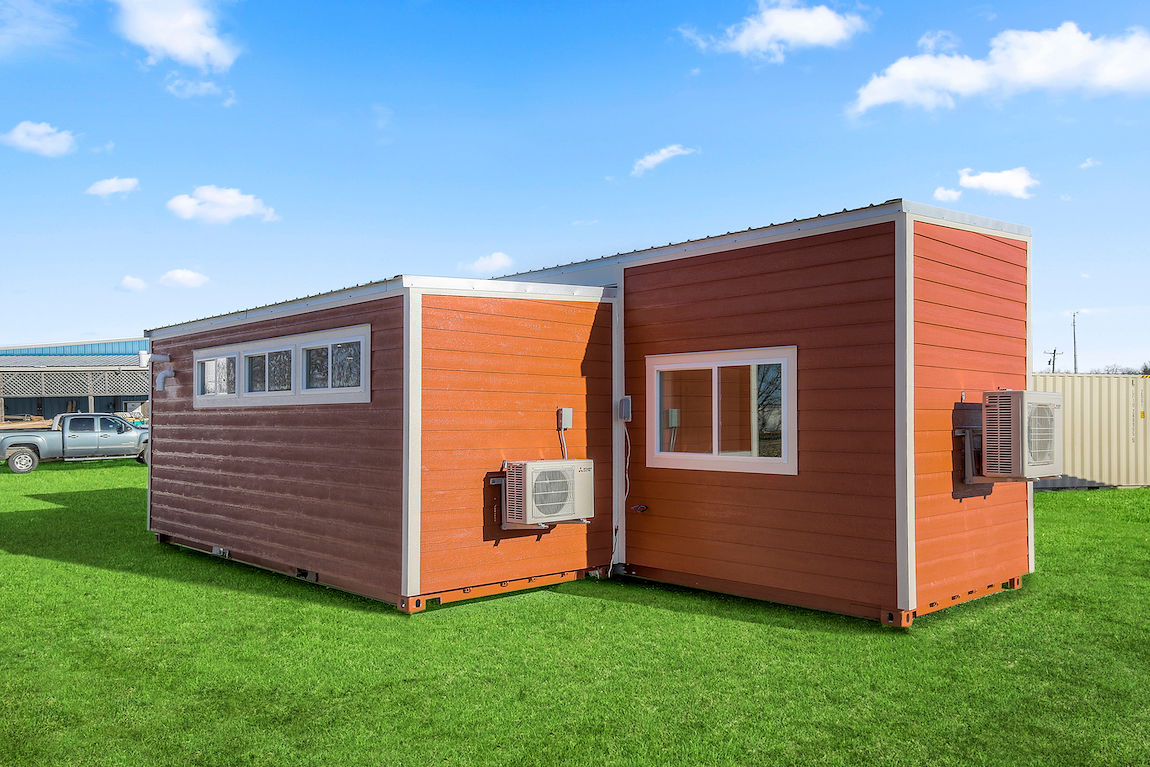
Key Takeaways
-
Family-sized tiny homes like the Dwell Well are designed to maximize space without sacrificing comfort.
-
Efficient floor plans and smart storage solutions are key to making tiny living work for families.
-
Container homes like the Dwell Well are eco-friendly, reducing carbon footprint through energy-efficient design.
-
Personalization and privacy are achievable in tiny homes, with options for separate sleeping areas and community spaces.
-
Transitioning to a tiny home involves careful planning and adjustment to a more efficient lifestyle.
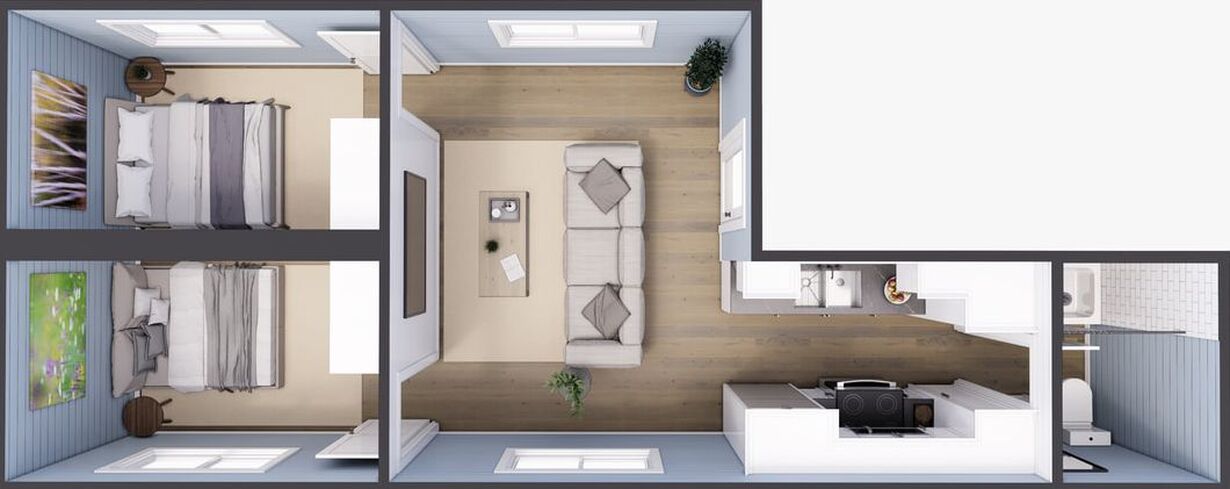
Embracing Compact Comfort: Family Sized Tiny Home Living
Why choose a tiny home for a family? Besides the charm and coziness, there’s a practical side to it. It encourages us to declutter our lives, both physically and metaphorically, leading to a more focused and harmonious existence. The Dwell Well model is crafted to ensure that every square inch serves a purpose, allowing families to live large within a smaller footprint.
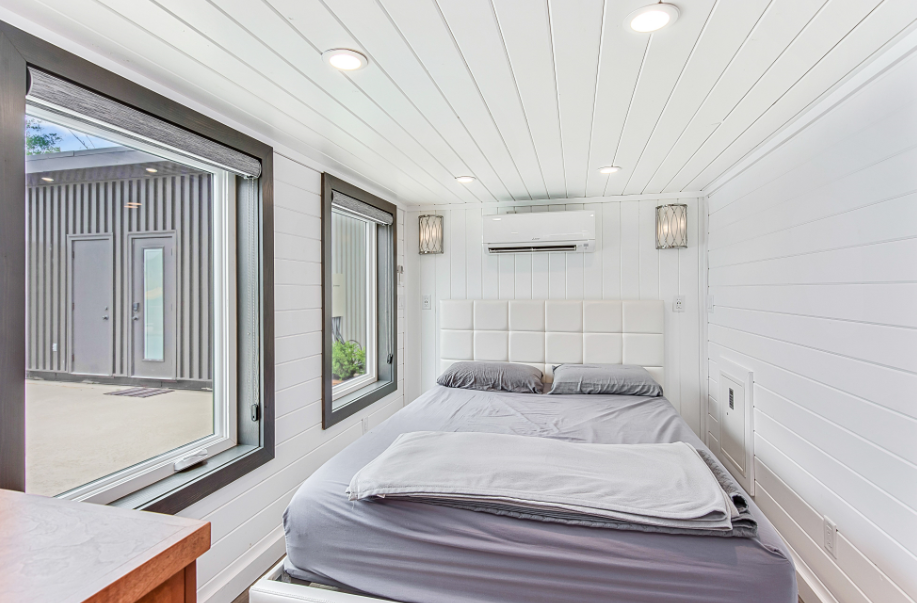
The Allure of a Simplified Lifestyle
Living tiny doesn’t mean living with less—it means living with intention. By choosing a home like the Dwell Well, families commit to a lifestyle that values quality over quantity. This shift in mindset can lead to more meaningful interactions, shared experiences, and a collective effort to maintain a tidy, organized home.
Maximizing Space, Minimizing Footprint
One of the most compelling aspects of tiny home living is the ability to do more with less. The Dwell Well is designed to make efficient use of space, with multi-functional furniture and built-in storage that keeps everything in its place. The result is a home that feels spacious and open, despite its smaller size.
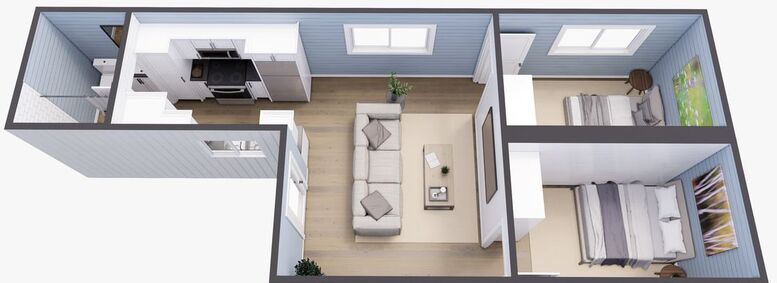
The Design Genius Behind Dwell Well
The Dwell Well isn’t just a house; it’s a well-thought-out home with every detail crafted to enhance family living. The layout is intentionally designed to accommodate daily activities, from cooking and dining to sleeping and lounging, all within a cozy, yet functional space.
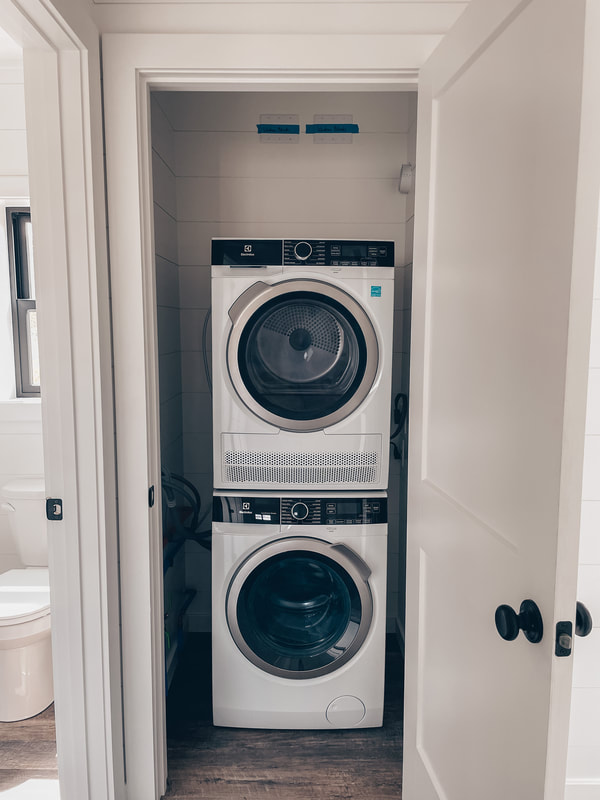
Strategic Floor Planning
A well-designed floor plan is crucial in a tiny home. The Dwell Well utilizes an open concept for communal areas to promote togetherness, while also offering private nooks for individual retreat. This balance between shared and personal spaces is essential for family harmony.
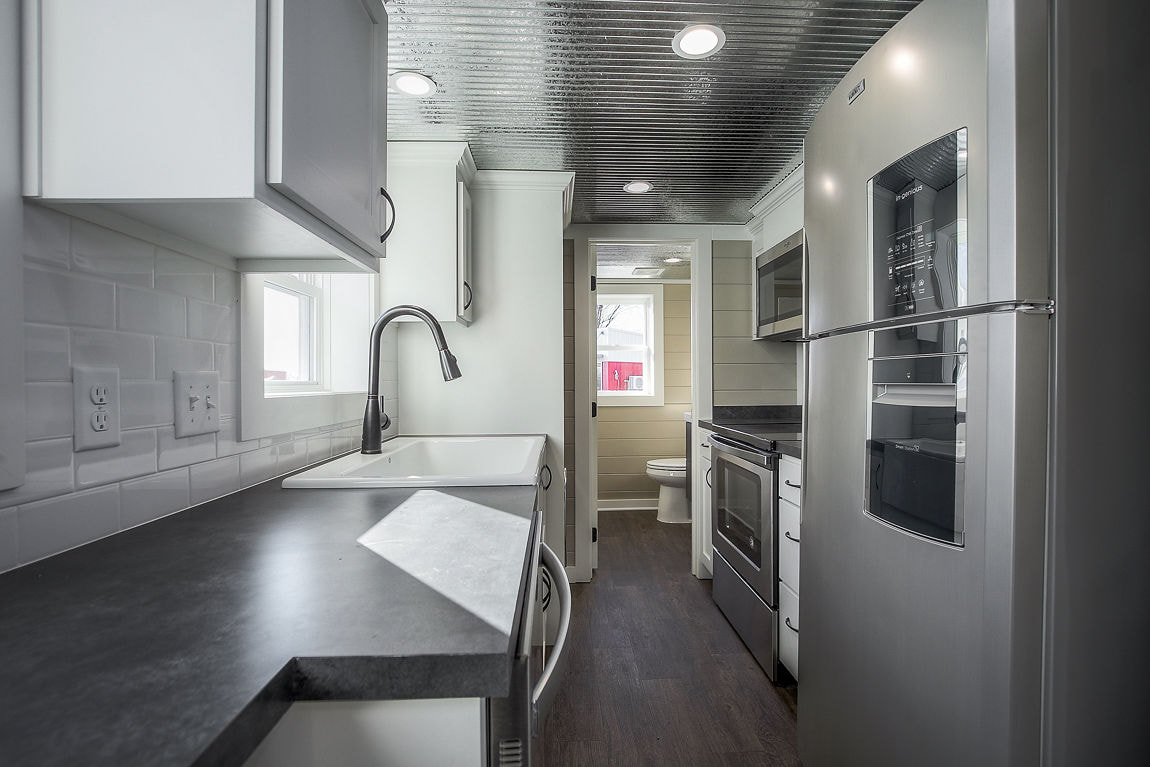
For example, the kitchen isn’t just a place to cook—it’s the heart of the home, where families gather and memories are made. In the Dwell Well, the kitchen is strategically placed to be both functional and welcoming, with ample countertop space and clever storage solutions.
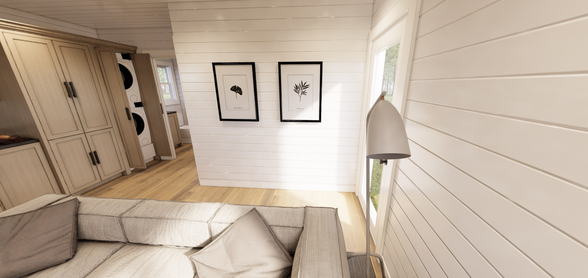
Smart Storage Solutions
Storage is the secret weapon of tiny homes. In the Dwell Well, you’ll find innovative storage options that take advantage of every available inch. From built-in shelving to hidden compartments, these features help to keep the home organized and clutter-free.
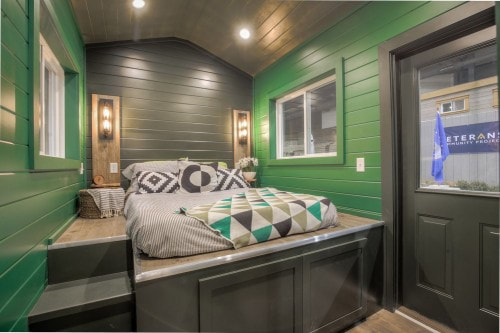
Consider the dual-purpose furniture that doubles as storage or the lofted beds with drawers underneath. These aren’t just space-savers; they’re life-savers for families looking to maintain order in a smaller living space.
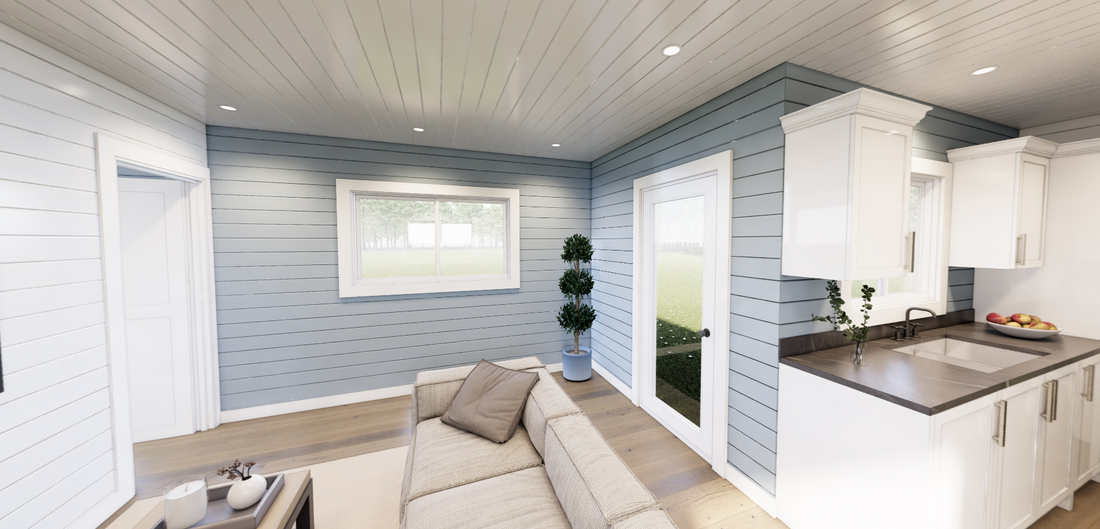
Eco-friendly Materials and Practices
Embracing a family-sized tiny home like the Dwell Well is a statement of commitment to the environment. The materials and practices used in construction are carefully chosen for sustainability. From the repurposing of shipping containers to the use of non-toxic insulation and paints, every aspect is considered to minimize environmental impact.
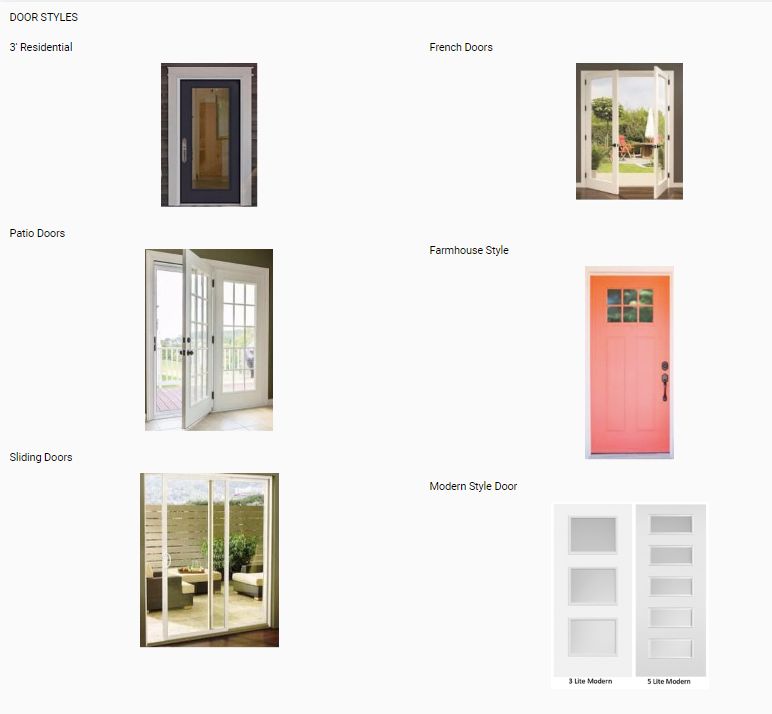
Energy Efficiency at Its Best
Energy efficiency is at the core of the Dwell Well design. The compact size naturally requires less energy to heat and cool, but that’s just the beginning. With options for solar panels, LED lighting, and energy-star rated appliances, families can live a green lifestyle while also cutting down on utility costs.
-
Use of energy-efficient windows and doors to reduce heat loss.
-
Installation of low-flow water fixtures to conserve water usage.
-
Insulation made from recycled materials for superior thermal performance.

The choice to live in a Dwell Well is a choice to embrace a lifestyle that prioritizes the well-being of our planet. By reducing our carbon footprint through these eco-friendly practices, we’re not just creating a home for ourselves—we’re ensuring a healthier world for future generations.

But it’s not just about being eco-friendly—it’s about living comfortably and sustainably without sacrificing the amenities of modern life. That’s the beauty of the Dwell Well; it’s a home that aligns with your values and your family’s needs.

And let’s not forget the financial savings. The energy-efficient features of the Dwell Well mean lower monthly bills, allowing families to allocate funds to other important areas like education, travel, or savings.
It’s clear that when it comes to energy efficiency, tiny homes like the Dwell Well are not just keeping up with larger homes—they’re leading the way.
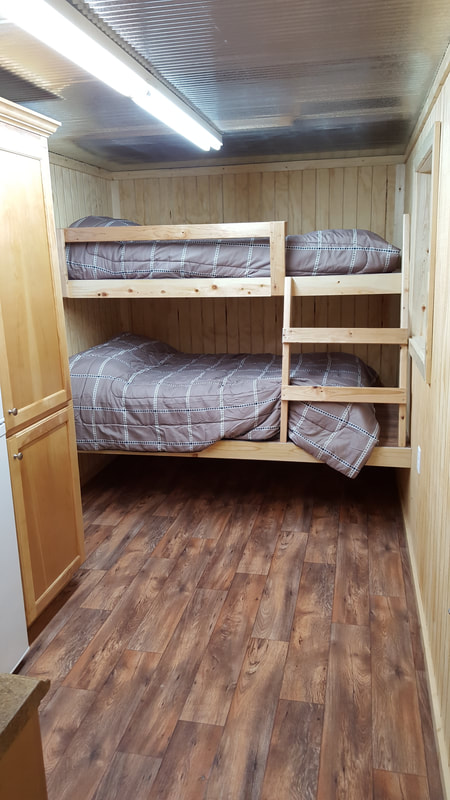
Dwell Well: A Haven for Families
The thought of squeezing a family into a tiny home might seem daunting at first, but the Dwell Well is designed with family in mind. It’s a space that invites closeness and fosters family bonding while also providing enough room for individual growth and personal space.
As families grow and evolve, so do their homes. The Dwell Well offers a flexible living solution that can adapt to changing needs, whether it’s welcoming a new family member or repurposing a space for a home office or hobby area.
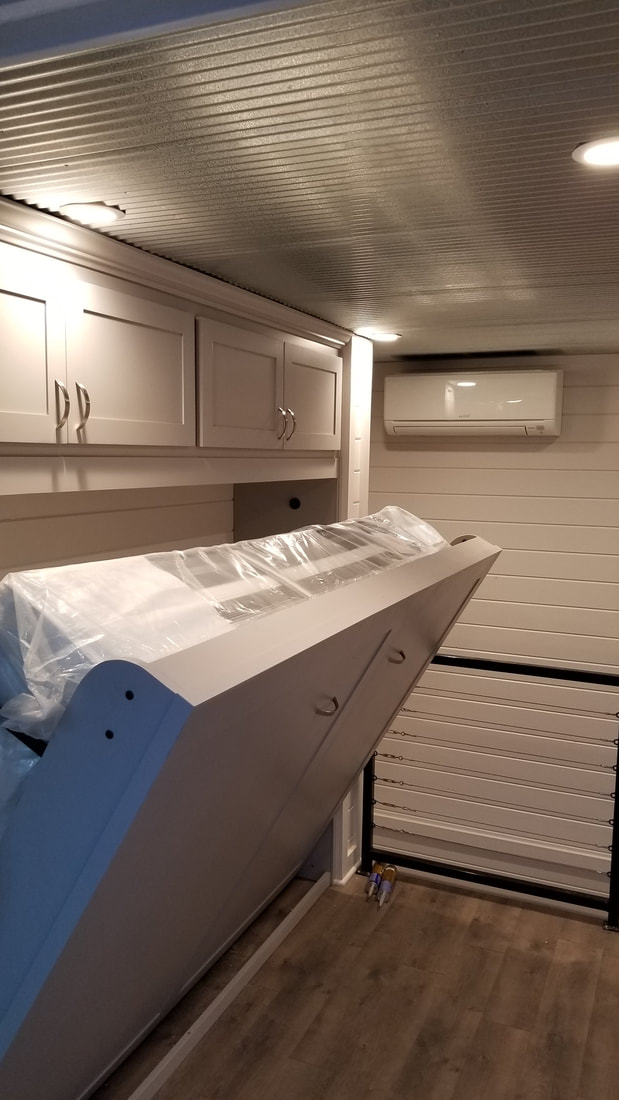
Sleeping Quarters: Room for Everyone
One of the most innovative features of the Dwell Well is its sleeping quarters. Designed to maximize privacy and comfort, the home includes lofted areas and cleverly partitioned spaces that offer a restful retreat for each family member. Whether it’s a cozy nook for the little ones or a more secluded area for teens, there’s a place for everyone to call their own.
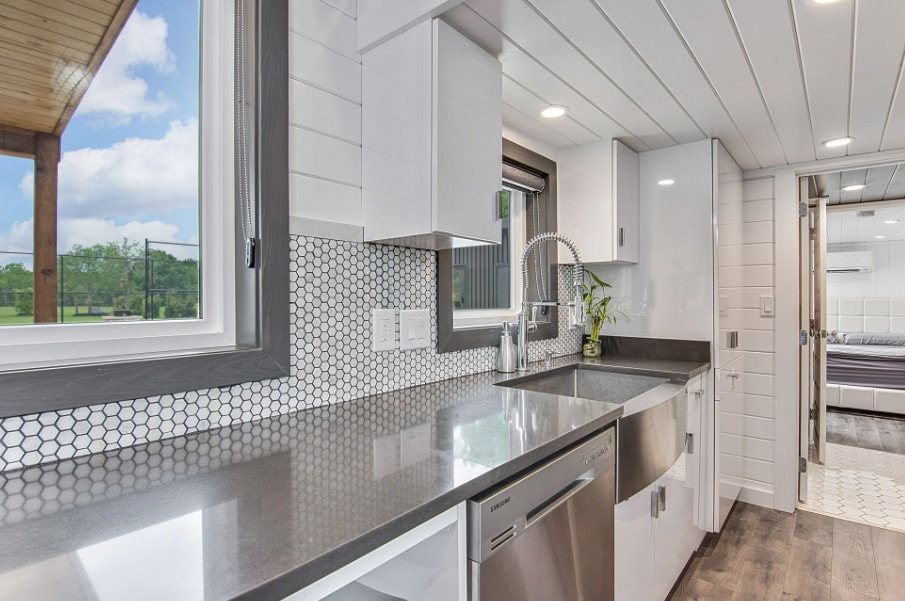
Community Spaces: The Heart of the Home
The living room and kitchen are the heart of any home, and the Dwell Well takes this to heart. These spaces are designed to be flexible, accommodating family game nights, casual dining, or quiet reading time. The open floor plan ensures that even while cooking or doing other tasks, you’re never too far from the action and conversation.
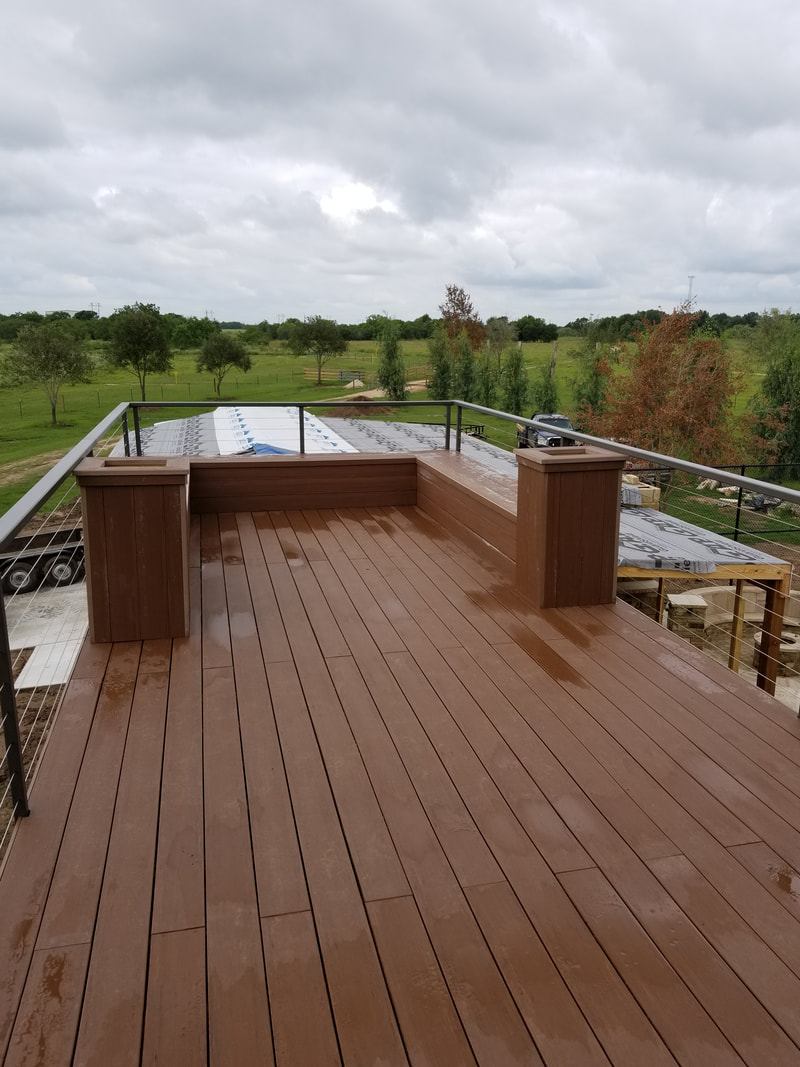
Privacy and Personalization
Just because the living space is tiny doesn’t mean you have to give up on personalization or privacy. The Dwell Well is designed to offer secluded areas where individuals can retreat for quiet time or to pursue personal interests. Curtains, sliding doors, and even pocket doors can be incorporated to create a sense of privacy when needed.
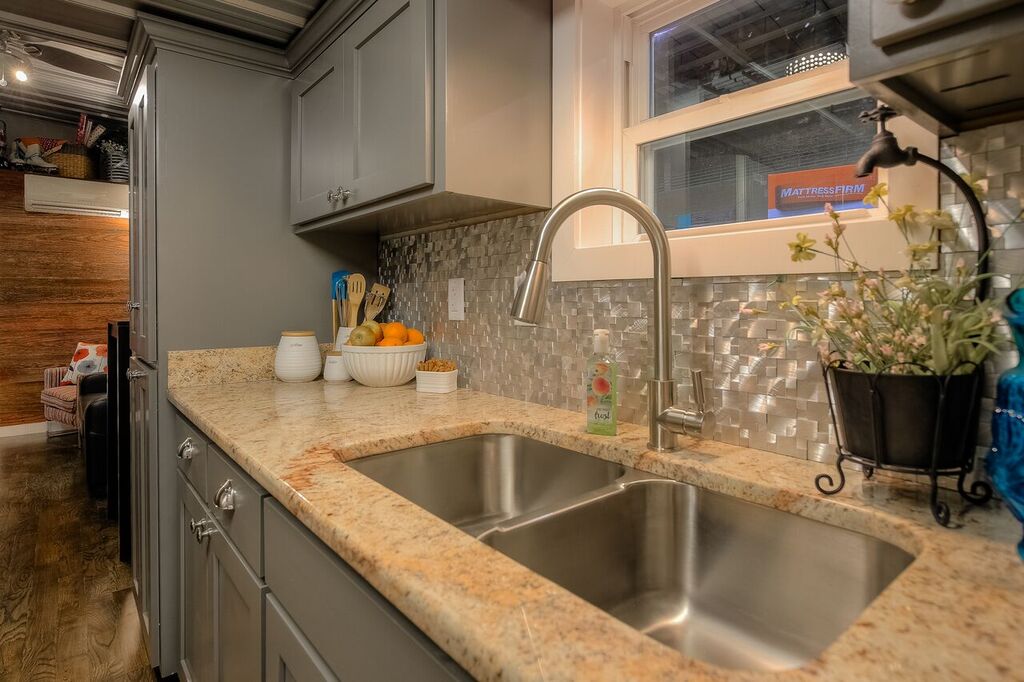
Customization Options
The beauty of the Dwell Well lies in its ability to be customized to fit your family’s unique style and needs. From the color of the walls to the type of flooring, each element can be tailored to your preferences. And because the home is compact, these customizations can be done affordably, allowing for high-quality materials and finishes that might be out of reach in a larger home.
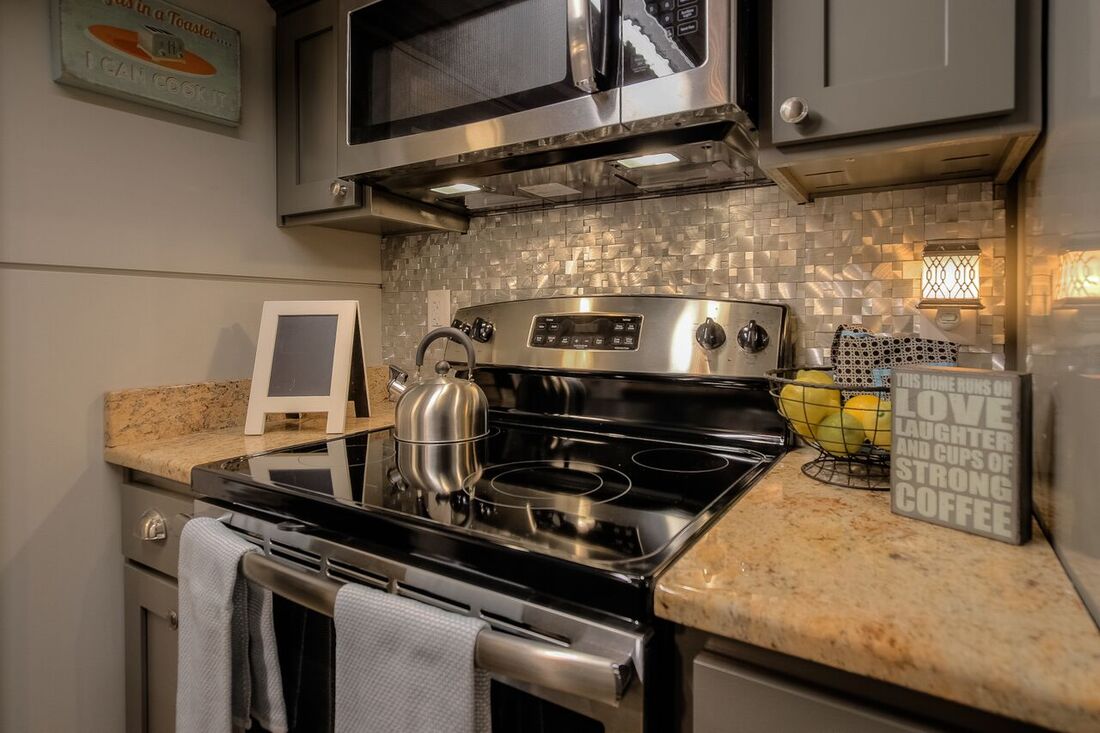
Making the Transition to Tiny
Moving into a tiny home is a big decision, especially for a family. It’s not just about the physical move—it’s about adopting a new mindset. Downsizing your possessions and rethinking your lifestyle can be liberating, but it requires careful planning and consideration.
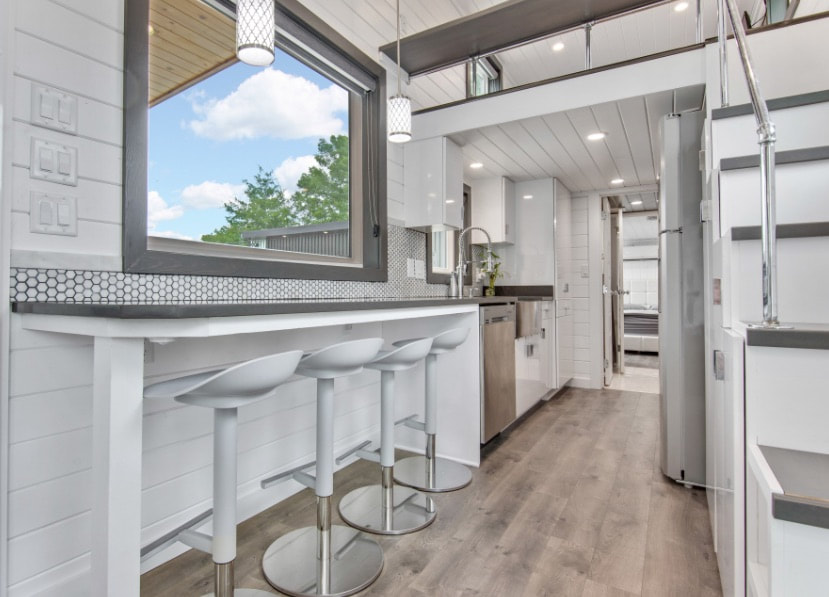
One of the first steps is to assess what you truly need. This isn’t just about getting rid of stuff—it’s about understanding what brings value to your life. By focusing on essentials and items that serve multiple purposes, you can create a home that is both functional and joyful.
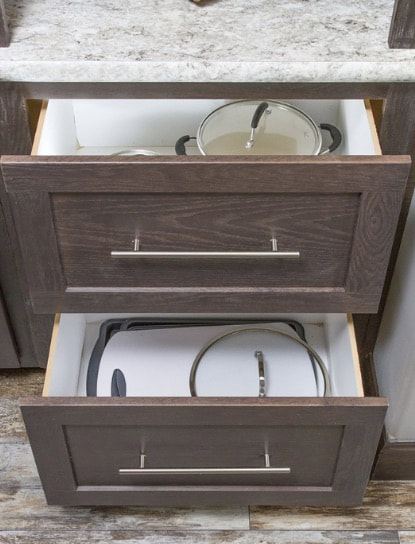
Preparation Checklist for Downsizing
Here’s a simple checklist to help you prepare for the transition to a Dwell Well tiny home:
-
Take inventory of your possessions and categorize them by necessity, importance, and frequency of use.
-
Implement a “one in, one out” policy to prevent clutter from accumulating.
-
Invest in multi-functional furniture and appliances that save space and serve more than one purpose.
-
Embrace digital solutions for entertainment and work to reduce the need for physical items.
-
Involve the whole family in the downsizing process to ensure everyone’s needs are considered.
By following these steps, you can smoothly transition to tiny living, making your move into a Dwell Well not just a change of address, but a positive lifestyle shift.
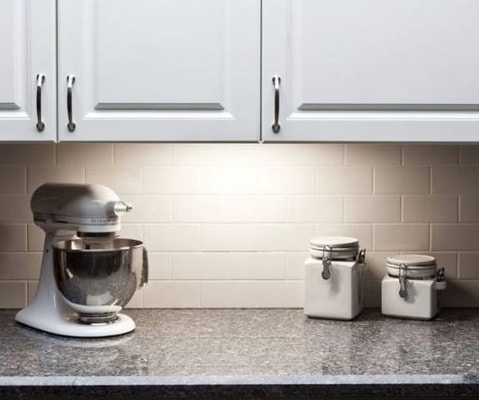
Adapting to a Smaller Scale
Adapting to a smaller scale requires a mindset shift. It’s about prioritizing experiences over possessions, quality over quantity. The Dwell Well’s design encourages families to spend more time together, creating a tight-knit environment where relationships can flourish. It’s about making every square foot count, which in turn, makes every moment spent within its walls all the more meaningful.
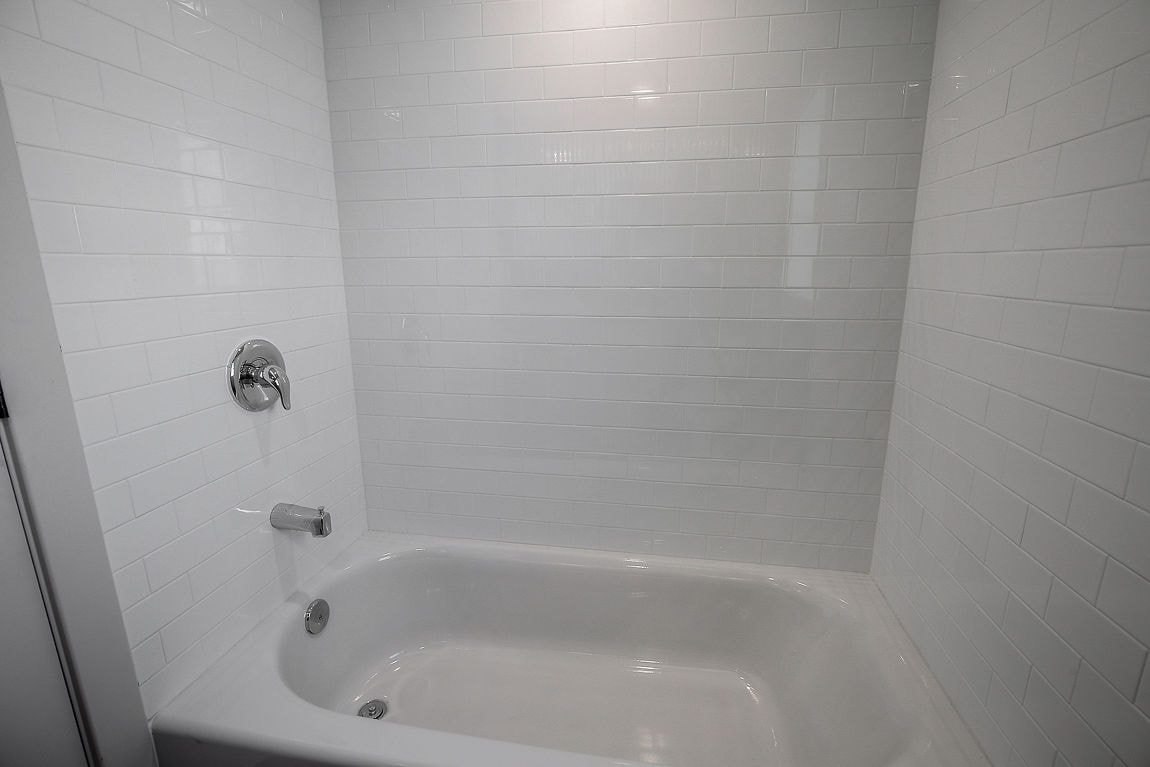
One of the most profound changes in transitioning to a tiny home is the way we view our possessions. Suddenly, each item’s utility and sentimental value are weighed more heavily. This is a good thing; it leads to a more considered way of living, where everything you own has a purpose or brings you joy.

FAQs About Family Sized Tiny Home Living
Now, let’s tackle some common questions about family-sized tiny home living to help clear any doubts and provide deeper insight into this lifestyle.
Is a Tiny Home Suitable for a Family with Kids?
“Absolutely! Tiny homes, like the Dwell Well, are designed with families in mind. They encourage kids to value simplicity and togetherness. With proper planning, tiny homes can be a magical and adventurous space for children to grow up in.”
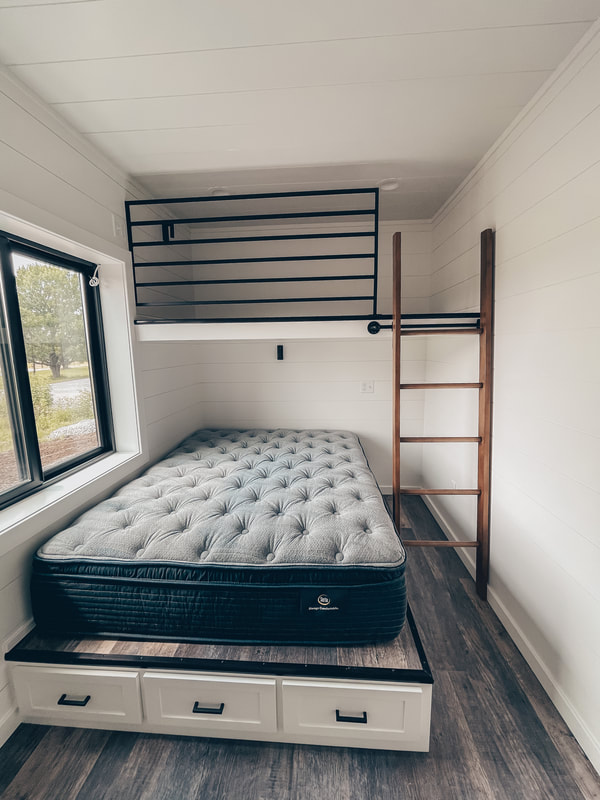
Tiny homes can be suitable for families with children, provided that the design is thought out. Sleeping lofts, fold-away desks, and outdoor spaces can all be utilized to ensure that kids have enough room for sleep, study, and play. The key is to involve children in the downsizing process, allowing them to help design their spaces and choose what to keep, making the transition exciting and inclusive.
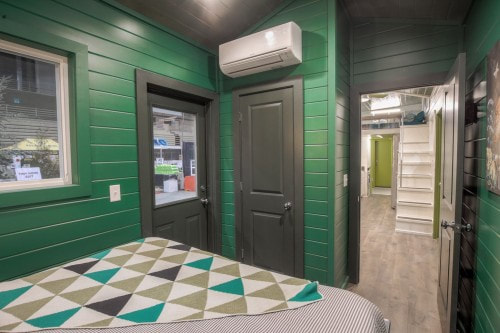
How Do Tiny Homes Handle Utilities Like Electricity and Water?
Tiny homes, including the Dwell Well, often use standard utility hookups for electricity and water. However, many are also designed to be self-sufficient, with options for solar panels, composting toilets, and water collection systems. The goal is to make the home as eco-friendly and self-reliant as possible, reducing reliance on external resources.
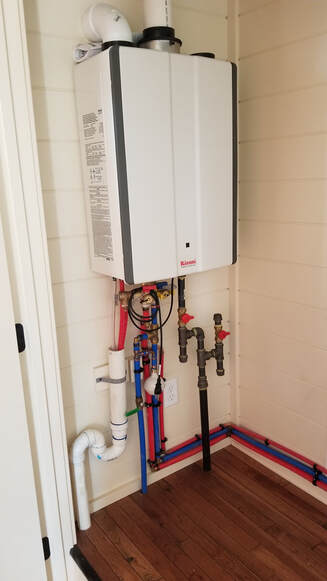
What are the Zoning Laws for Tiny Homes?
Zoning laws vary by location, but most areas have specific regulations for tiny houses. Some places may classify them as RVs, while others may have special provisions for permanent tiny homes. It’s crucial to research local laws and building codes before embarking on your tiny home journey to ensure compliance.
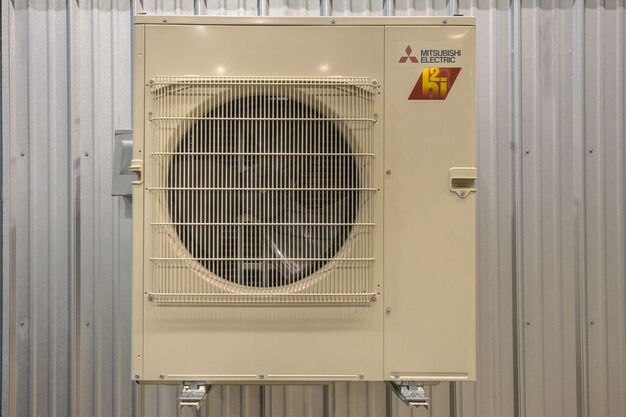
Are Container Homes Safe in Extreme Weather?
Container homes, like the Dwell Well, are built from steel, which is incredibly durable and can withstand severe weather conditions when properly insulated and anchored. Many container homes are designed to meet or exceed traditional building codes, ensuring the safety and comfort of your family, no matter the weather.
How to Find Financing for a Tiny Home?
Financing a tiny home can be different from a traditional mortgage, but there are options available. Some builders, like Custom Container Living, offer financing plans, and personal loans can also be used. Additionally, a growing number of financial institutions are beginning to recognize tiny homes as a viable investment, providing more tailored loan options.
-
Research lenders who are familiar with tiny homes and their unique requirements.
-
Prepare a detailed budget and plan to show the financial feasibility of your tiny home.
-
Consider a personal loan or RV loan if traditional mortgage options are unavailable.
-
Explore builder financing, which may offer more flexibility for tiny home projects.
With the right approach and thorough research, financing your family-sized tiny home can be a smooth process, paving the way to a more sustainable and intentional lifestyle.

